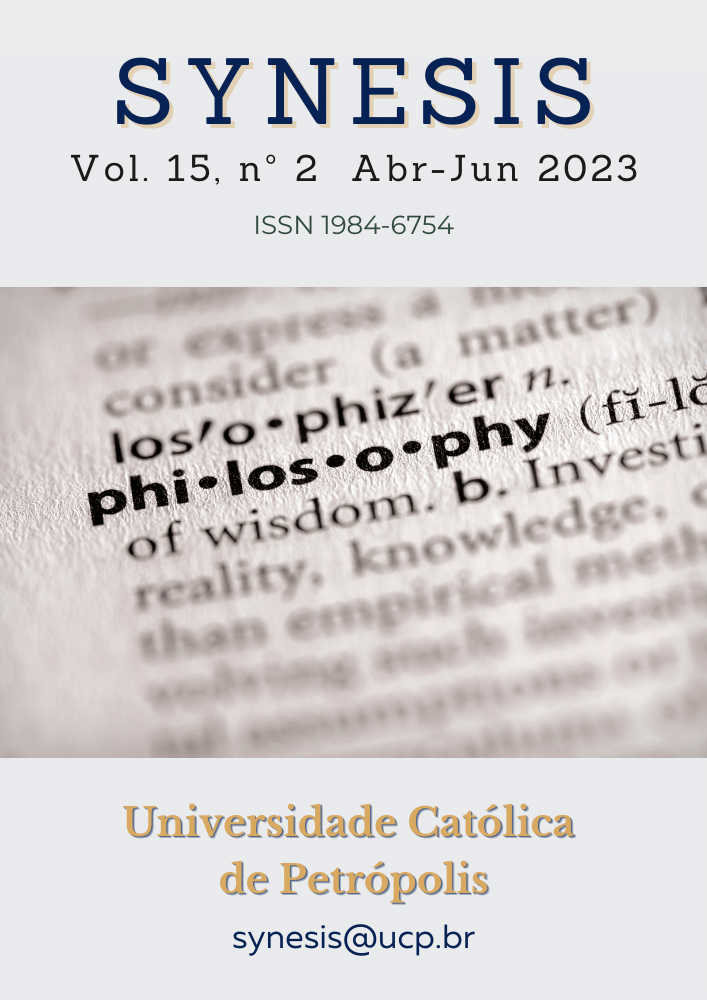Abstract
The present academic paper is dedicated to the creative work of the modern Ukrainian sculptor Anastasiia Kosarevska. This year marks the 105th anniversary of the birth and 30th anniversary of the death of the Ukrainian sculptor Anastasiia Savivna Kosarevska (Kovryha) (April 24, 1918-May 26, 1993), who was born and died in Poltava Oblast (Figure 1). The purpose of the research is to analyze the personal path of the master and the factors influencing the formation of her style. It is noted that there is not enough information about the personalities of the artists in the domestic art literature. Moreover, most publications about artists are informative rather than scientific in nature. Therefore, it is worth focusing only on the personality of the sculptors. The factors considered in the cycle of science, which can be defined as the perspective of scientific research, are represented. Attempts were also made to classify her work in order to determine the traditions that influenced the emergence of her creative features. The synthesis of tradition and innovation in the artist’s artistic language was analyzed, and using specific tools by the artist in the past was demonstrated with particular examples. By the way, the ability to creatively rework the traditions of predecessors was demonstrated on the basis of which one can create unique and recognizable artistic language. The author’s main methods of using material were described indicating the dominant materials (limestone, marble, bronze, sandstone) in her work. The modern rare scientific basis of artistic work methods is revealed, emphasizing the role of academic schools and the influence of the artist’s personality. The main characters and subjects of her sculptures are known as the most characteristic examples of various groups of the master’s work. The principle of contrast used by the sculptor in his realization is emphasized. Scientific novelty refers to defining theoretical and practical aspects of modern artistic culture formation and, to a certain extent, changes in the cultural consciousness of Ukrainian society in accordance with modern international intellectual requirements. Ukrainian art has quickly absorbed new artistic forms and currents. Art moves, and so does its temporal and spatial nature. Many factors contribute to these processes, in particular: upheavals in social-political, economic and educational policies, as well as new discoveries in the natural sciences and the emergence of new forms of art. Thus, after the end of cultural isolation from the rest of the world, the development and popularization of Ukrainian sculpture took place, which at the same time influenced all kinds of artistic styles and directions. Ukrainian artists, particularly young individuals and those using sculptural means to create monumental sculptures, influence the development of artistic culture, sociocultural awareness, and the cultural environment.
References
Turdikulovich, D. D. (2022). A sheet from the history of sculpture. Eurasian Scientific Herald, 7, 37–39.
Hulls, J. M. (2019). Building Meaning: Constructions of Imperial Power in Domitianic Architecture, Visual Culture, and Literary Sources. Illinois Classical Studies, 44 (2), 268–296.
Sklyarenko, G. (2021). “Neobaroque” in Ukrainian art in 1980s–2000s: analysis of national experience. Publishing House “Baltija Publishing”.
Protas, M. (2022). Social-philosophical critique of the global public art’s visual order: the context of national self-identity. American Journal of Art and Design, 7 (1), 29–38.
Lysenko, L. & Shpanko, O. (2021). Particularity of artworks by Vasyl Korchovyi Vasyl. Collection of scientific works “Ukrainian Academy of Arts”, (30), 52–58.
Zaspa, I. Yu. (2022). The Transformation of Female Image-Symbols in the Modern Ukrainian Visual Culture: the Time of Independence. Issues of cultural studies, (40), 176–184.
Sayfullaev, N. (2019). Current Issues on Fine ARTS Education: Continuity and Prospects for Development. Religación: Revista de Ciencias Sociales y Humanidades, 4 (20), 192–194.
Hotsaliuk, A. (2019). Development of the art of sculpture in Ukraine (the end of the XX century – the beginning of the XXI century). Ukrainian studies, 1 (70), 67–75.
Sharifjanovna, Q. M. (2022). Methods of using fine arts in the process of developing the professional competencies of future architects. International journal of research in commerce, it, engineering and social sciences ISSN: 2349–7793 Impact Factor: 6.876, 16 (5), 49–51.
Klymenko, M. S. (2021). Archetypes in alexander Archipenko's art. Zbornik Matice Srpske za Likovne Umetnosti, (49), 239–244.
Shkandrij, M. (2019). Avant-garde Art in Ukraine, 1910–1930: Contested Memory (p. 41). Academic Studies Press.
Casini, T. (2023). Leo Steinberg on Modern Appropriations of Leonardo and Michelangelo. In LEO STEINBERG NOW. Il pensiero attraverso gli occhi (pp. 99–114). Campisano.
Canagarajah, S. & Dovchin, S. (2019). The everyday politics of translingualism as a resistant practice. International journal of multilingualism, 16 (2), 127–144.

This work is licensed under a Creative Commons Attribution-NonCommercial-NoDerivatives 4.0 International License.
Copyright (c) 2023 Synesis (ISSN 1984-6754)
